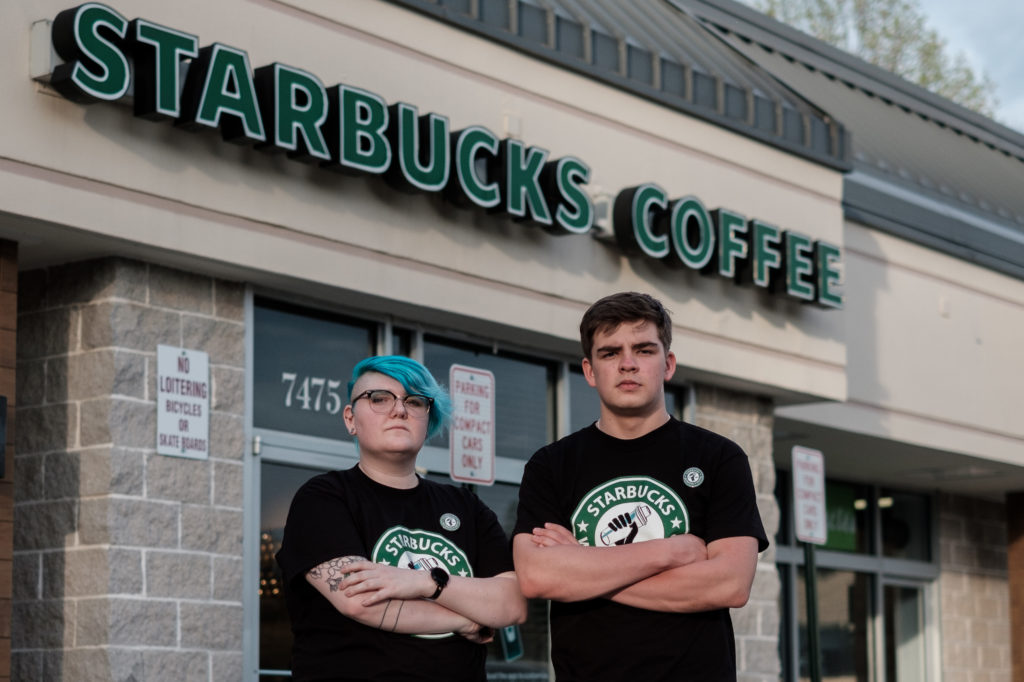Organizing Begets Organizing

I know nothing more about the campaign to organize Peet’s Coffee workers in Davis, California than I read in this Jacobin article, so I can’t comment on the merits of how it is reported or how serious this campaign really is. But I can say this–whether or not it succeeds, it is an object lesson in how the more you organize, the more organizing spreads to other people who build confidence and lessons from you.
The Davis Peet’s campaign brought together organizers working at the two leaders of first-wave coffee culture in the United States, Peet’s and Starbucks. It also intersects with another exciting recent development in the labor movement: worker organizing in the University of California (UC) system. Peet’s workers Schroedter Kinman, Molly Smith, and Trinity Salazar told Jacobin that they are excited to be a part of the larger coffee organizing movement, and to have the support of graduate workers and postdocs at UC Davis, who entered the winter quarter hot off the largest academic strike in United States history.
During the six-week-long cross-unit academic worker strike, UC Davis picketers often chanted, “Get up, get down, Davis is a union town.” Smith said that announcing their campaign amid the strike at UC Davis made Peet’s workers “feel less alone.” Smith, Salazar, and Kinman joined the picket line, where they got on the microphone to share their effort with an enthusiastic audience. Salazar, a student, remarked that “to hear that grad students, who grade my papers, are there for me is just community and solidarity.”
Coffee industry worker-organizers and university worker-organizers have fed off each other’s energy — especially in Davis where, according to Kinman, baristas “have a symbiotic relationship with grad students and undergrads.” Academic workers’ support has meant a great deal to Peet’s workers, according to Smith, who told Jacobin, “Feeling like you have support makes anyone more confident in their actions.” Kinman observed that Peet’s workers’ organizing efforts were buoyed by the general “pro-union” sentiment and “support for the strike” in Davis surrounding the UC strike.
Low wages, shift-lead pay discrepancies, scheduling issues, and problems with the mobile order system were animating issues for workers like Kinman and Alyx Land. Foregrounding these issues, they began talking to coworkers about a union three months before going public. Kinman notes that initially they had their eye on the International Workers of the World, whose stickers around campus had caught their attention. Though the IWW was an appealing option, the unparalleled success of SEIU’s Workers United in organizing coffee workers and the opportunity to work closely and constantly with SBWU ultimately won out. They’ve now begun to organize as Peet’s Workers United (PWU), the Peet’s counterpart to SBWU.
There’s a lot here. There’s the fact that seeing other people organize and strike gives you bravery and confidence to do the same. There’s seeing real campaigns on the ground and that moves people away from pie in the sky ridiculous like people who claim to be part of the “IWW,” which I very much put in scare quotes for 2023. You see people in one industry influence those in the same industry. This is how organizing and union building works. It’s good to see again.


